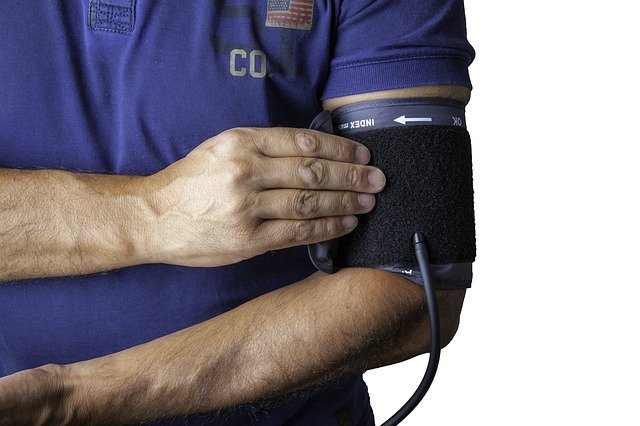“Nevertheless, these clear results are quite encouraging,” Seger said. The findings “show that many people are ready to consider the climate crisis in their everyday decisions, even in contexts where they only want to have a nice time and enjoy their meal.”
Seger noted that for this to work, restaurants will need to “take their chances and redesign their menus.”
Lona Sandon is program director of clinical nutrition with the School of Health Professions at UT Southwestern Medical Center in Dallas. She suggested that as a practical matter the green menu approach is likely to meet with mixed results.
“It will certainly make a great marketing tool for some restaurants,” Sandon said. “I can see some would jump right on board with this.”
And among consumers, “there will be some that think this is great and use it to make choices,” she added.
At the same time, however, Sandon noted that “others will ignore it just as they ignore the calorie and fat information.” And even with both restaurants and consumers on board, there will be the issue of exactly how to determine what a particular meal’s carbon footprint really is.
“The food system is very complex,” Sandon said. “And the inputs that go into producing and processing a food item varies greatly, and will depend on where it is coming from, and the grower’s own practices and ability to limit greenhouse gas production.”
For example, “growing zucchini versus beef cattle may appear to use less resources, and result in less methane gas on the surface,” she said.
“However, one must consider all the resources that go into transporting the vegetable to a packing and processing plant, and the steps involved in transporting — boat, plane, train or truck– the finished product — fresh, frozen, chopped or prewashed — to the restaurant to end up on your plate,” Sandon said.
Aside from a menu redesign, Sandon suggested there are other ways to approach eating out in an environmentally responsible manner.
“Personally, I would be more interested in knowing what a restaurant is doing to manage waste and reduce overuse of resources rather than the carbon footprint numbers on a menu,” she said.

